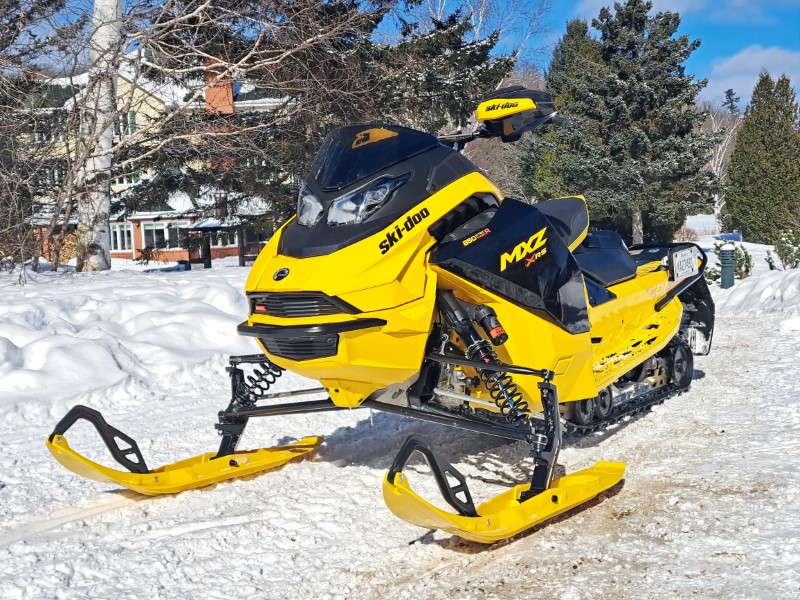
Confidence. It’s something every snowmobiler wants, whether they are the type of rider who bombs through moguls and charges through corners, or one who cruises at a more leisurely pace while piling up thousands of miles.
For 2025, Ski-Doo gives select trail and crossover riders more confidence in their machine’s handling, thanks to a few millimeters here and a few millimeters there with new front-end geometry.
On MXZ X-RS and X models for 2025, and also a new wide Backcountry, that new front geometry is paired with new, stepped-keel Pilot RX skis.
Combined, this new RAS RX system notably improves the front-end handling of so-equipped machines. And that isn’t just a claim from the Ski-Doo marketing hacks – we felt it very directly on a test drive of select 2025 Ski-Doos in Quebec on Monday.
Also of note, Ski-Doo’s 10.25-inch touchscreen display now has on-screen mapping available without plugging in your cell phone – a major step up for the brand.
Defining The Ski-Doo RAS RX Connection
If there was one place where Ski-Doo was allowing an edge to some competitive machines, it was in front end handling. Especially if there was any loose snow on the trail, the RAS X combination could drift/understeer in corners. Frankly, since the RAS X combination was launched for model year 2021 we’ve found the need to significantly change the stock rear suspension settings on our demo models to get the sort of handling we desired.
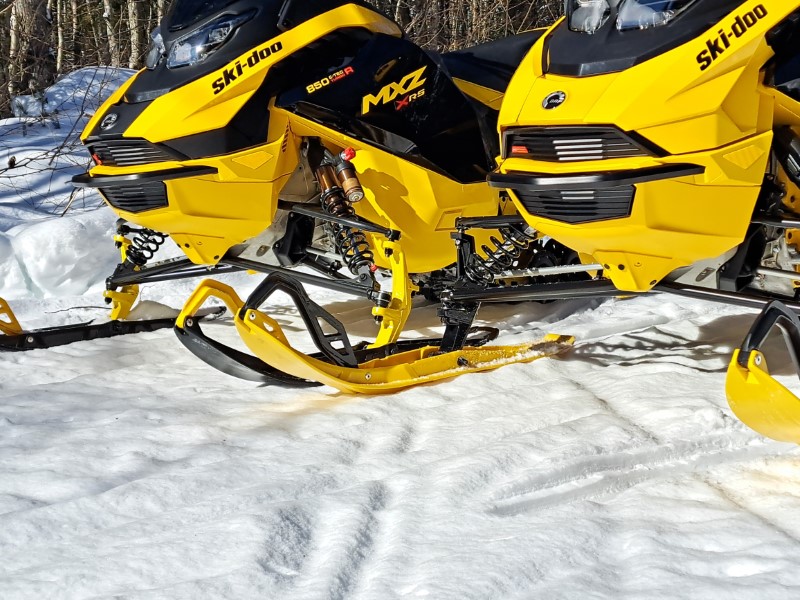
Based on our test ride in Quebec, we won’t be needing to make those changes anymore. That’s because the new RAS RX front geometry and Pilot RX ski are just what the doctor ordered.
Utilizing lessons learned with its MXZx RS race snowmobiling, Ski-Doo designers raised the lower A-arms by 11mm (.43 inches) and the upper A-arms by 26mm (1.02 inches). The moves required taller spindles (or “ski legs” as Ski-Doo likes to say).
Also altered are the position of the lower shock mount, the geometry of the anti-sway bar assembly and the “trail” – the position where the ski mounts relative to the spindle. Ski-Doo engineers claim the changes result in 20 percent less chassis roll to the front end when cornering, plus an extra half-inch of suspension travel.
The new Pilot RX skis, meanwhile, feature an aggressive, stepped keel on the bottom. They heavy up steering a bit, but the trade off is immense when it comes to handling.
Our 2025 Ski-Doo Test Ride
We’ve put literally tens of thousands of miles on Ski-Doos with various versions of the RAS front suspension over the years. And we can say, beyond any doubt, that this is by far the best combination yet.
Riding on weaving, serpentine trails a couple of hours northeast of Montreal, the so-equipped MXZ X-RS machines we test rode at first felt a tab bit taller in the saddle – which normally one might mentally equate to a more tippy front-end feel.
Nothing could be further from the truth. The sleds were locked in, as the front end stayed very flat without any hint of inside ski lift or roll in the front end as we pushed hard through the turns. That instilled a great deal of confidence that the sled would always stay exactly where we had intended.
The machines we tested also featured the new Pilot RX ski. Since the machines tested had both features (suspension geometry and skis), it was hard to fully separate the effects of the new suspension geometry vs. the ski itself. As noted earlier, the long, steeped keel added some steering effort but gave us a firm grip on the trail that longtime riders might typically associate with adding the original C&A Pro skis to the nose of a sled. Except without super-heavy steering.
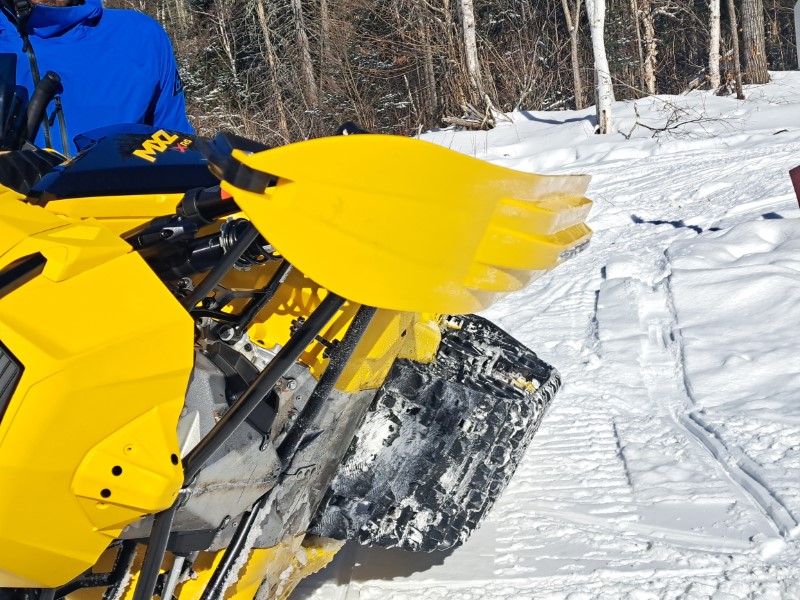
It was snowing on our bus ride north toward our riding destination Sunday night, so we woke up and rose in the exact sort of conditions where 2021-2024 MXZ models typically struggled most in their handling. Instead of needing to over-lean in turns, jacking up the rear end to plant to the skis or changing the couple blocks, we were able to ride aggressively knowing we never had to make corrective measures mid-turn or fear drifting toward the center of the trail.
The Rest Of The Ski-Doo
Aside from the front end, the MXZ X-RS 850 with Competition Package E-TEC Turbo R and MXZ X-RS 850 that we test rode return for 2025 mostly unchanged. And that’s not a complaint!
Power from the two smooth running Rotax powerplants is a given. The naturally aspirated 850 is strong right off the bottom, with an instant pop of power and roughly 165 total horsepower. The turbocharged model takes it up a notch, with about 180 horsepower and the cutting-edge water injection system in the intake for long pulls of full-on power.
Also returning are the roomy REV Gen5 chassis layout and rMotion X rear suspension. New for 2025, the Competition Package model will be available to order with the high-tech SmartShox semi-active suspension that reacts in milliseconds to what it encountered.
Here’s a low-tech video we created after our ride (below):

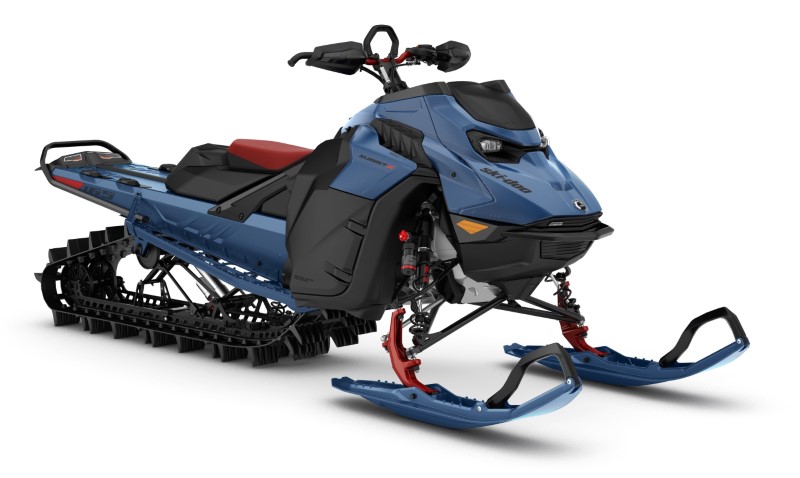

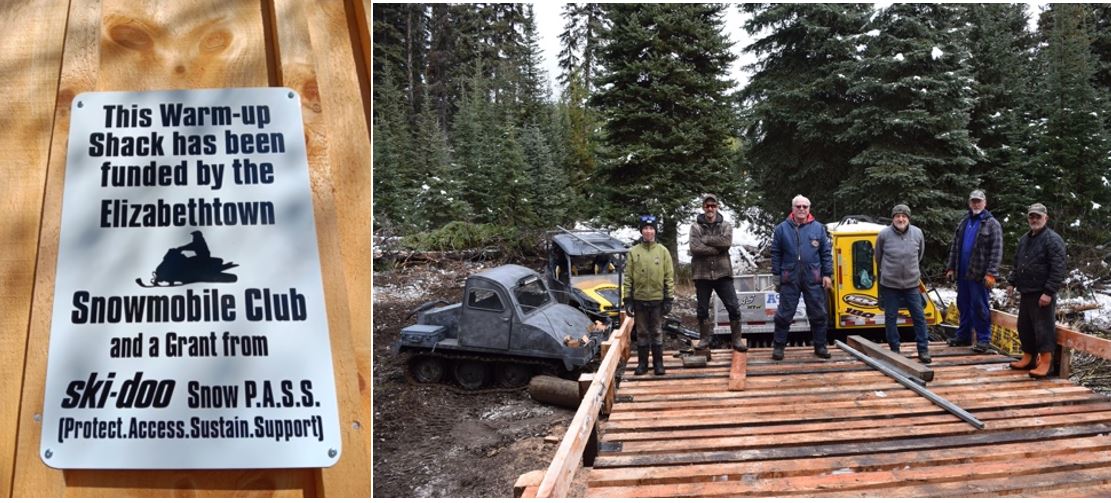
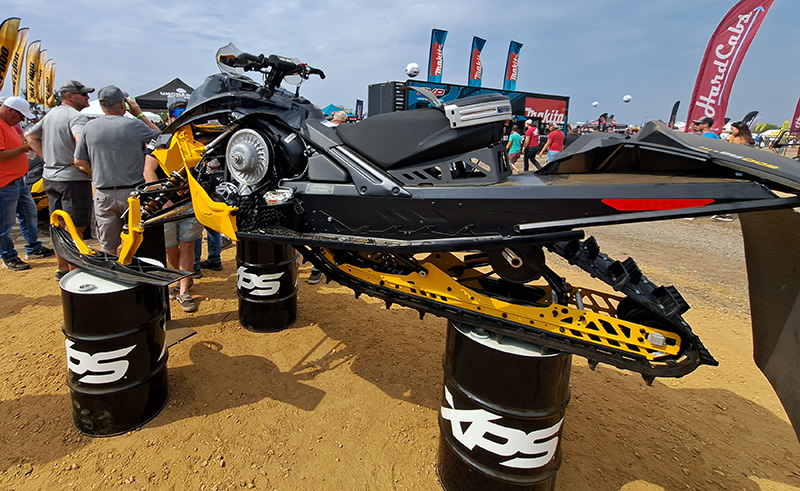
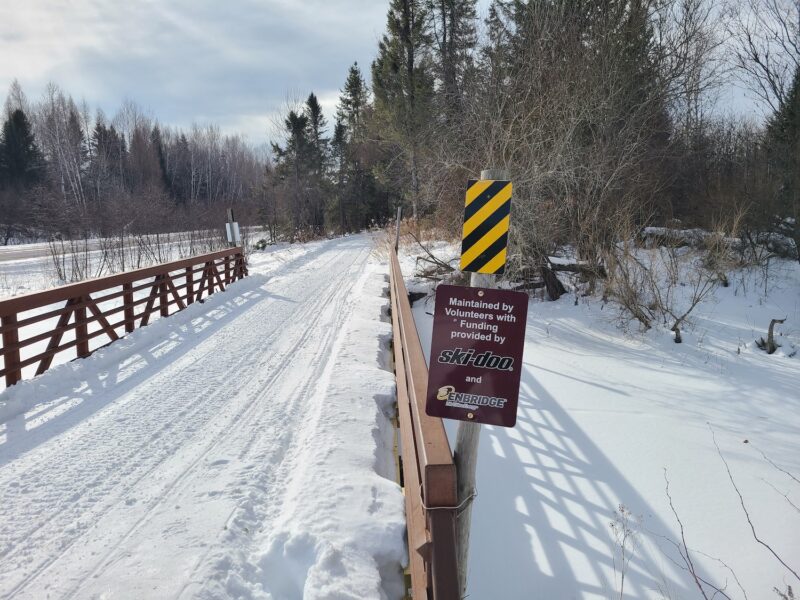
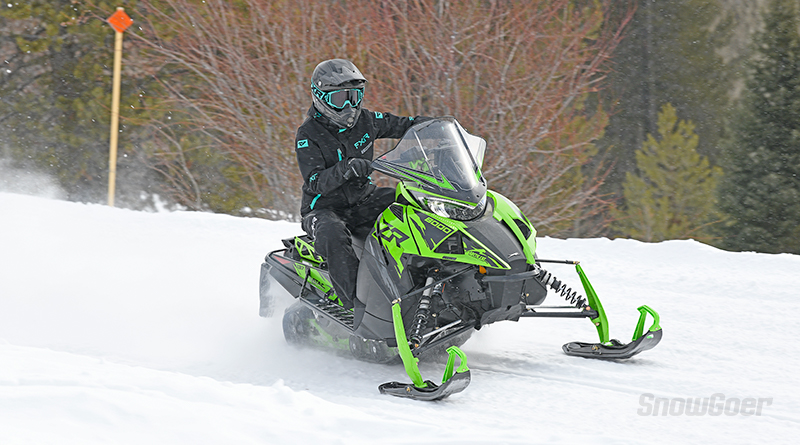
Ski-Doo missed a great opportunity to increase market share by moving the 600 to a 670 or 700 cc two stroke to beat the Polaris 650 and moving the 850 to a 1,000 and calling them the Return of the Machs, i.e. the Mach 1 670 and the Mach Z 1,000.
>That might be the stupidest comment I’ve read in a long time
ARCTIC CAT- THE COPYED CAT. Best front end in the business🤣
No its not Polaris has the best front end in the business Artic Cat makes a solid chassis but as far as their suspensions and motors go they have been in 3rd to 4th place for a long time